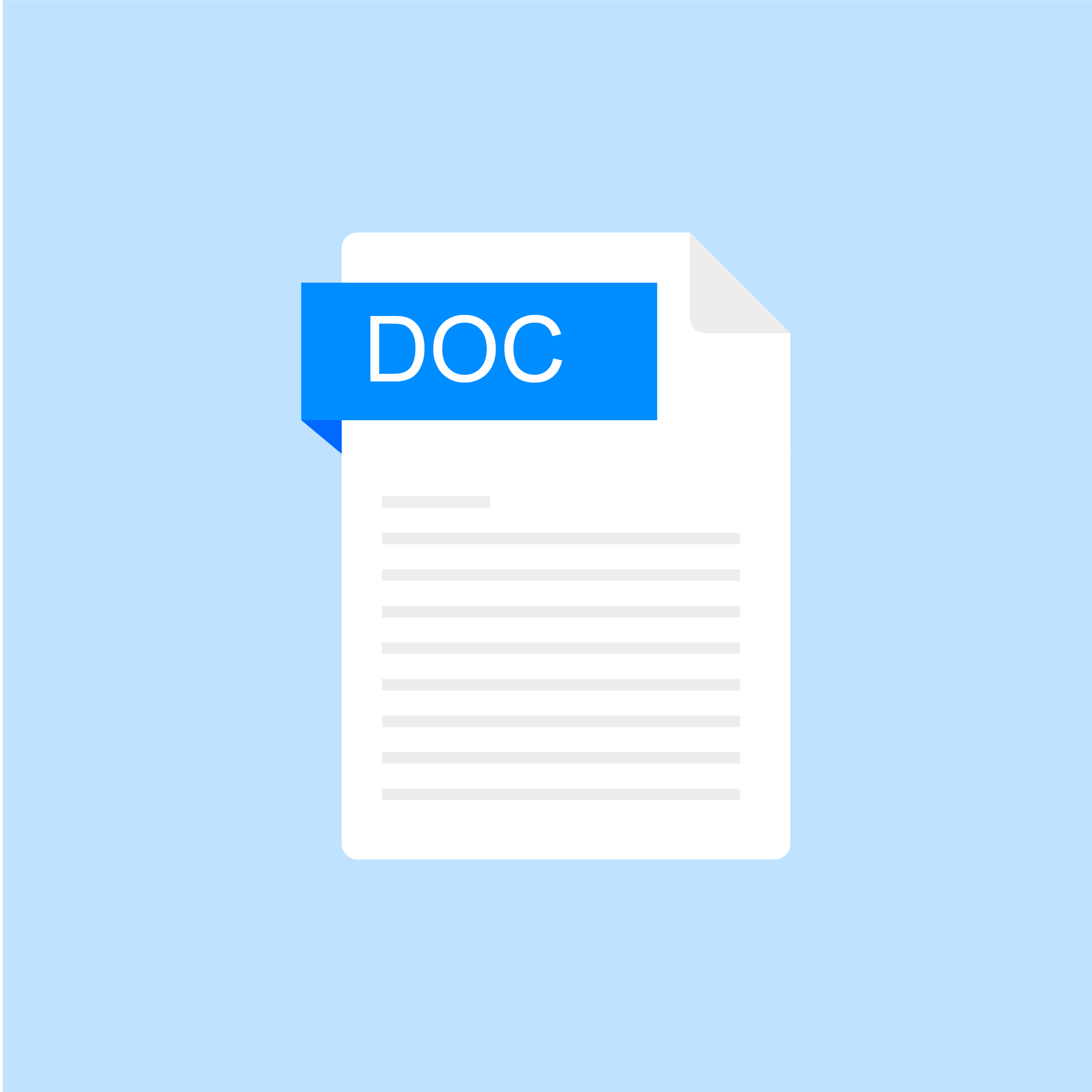Results for "health"
74 Results
The culture of the classroom can either support or create barriers to student success (Piffner, 2011). Factors that foster attention, positive behavior, and academic and social success include establishing positive relationships with students, adopting classroom management techniques, and creating a physical arrangement that facilitates learning. It is often a positive relationship with one teacher that facilitates school success for a student with ADHD (Piffner, 2011).
The main symptoms of ADHD are inattention, hyperactivity and impulsivity.
These can manifest in different ways: persistent fidgeting, being easily distracted or forgetful and difficulty waiting for a turn.
By:
Anne Miller vijayalaxmi Santosh Mhetre
Thursday, Sep 5, 2024
WATER, ENERGY, AND THE ENVIRONMENT
+1
Leave a comment
They are more likely to respond positively when teachers establish class routines and set procedures and maintain a well-organized learning environment.
Clear rules and advanced planning are keys to success for teachers of students with ADHD.
The following organizational supports are particularly useful. Students should be taught to use these tools through teacher modeling and guided practice with feedback before being expected to use them more independently.
By:
Anne Miller vijayalaxmi Santosh Mhetre
Wednesday, Sep 4, 2024
HEALTH AND NUTRITION
Leave a comment
Edited -- State of Test Data Management Tools Test Data Needed Modern DevOps teams need high quality test data based on real production data sources for software testing early in the SDLC. This helps development teams bring high-quality applications to market at an increasingly competitive pace. Data for DevOps Though many organizations have adopted agile software development and DevOps methodologies, there has been an underinvestment in test data management tools—which has constrained innovation.
By:
Anne Miller vijayalaxmi Santosh Mhetre
Wednesday, Sep 4, 2024
HEALTH AND NUTRITION
+2

Leave a comment
An education production function is an application of the economic concept of a production function to the field of education. It relates various inputs affecting a student's learning (schools, families, peers, neighborhoods, etc.) to measured outputs including subsequent labor market success, college attendance, graduation rates, and, most frequently, standardized test scores. The original study that eventually prompted interest in the idea of education production functions was by a sociologist, James S. Coleman. The Coleman Report, published in 1966, concluded that the marginal effect of various school inputs on student achievement was small compared to the impact of families and friends.[34] Later work, by Eric A. Hanushek, Richard Murnane, and other economists introduced the structure of "production" to the consideration of student learning outcomes. Hanushek et al. (2008, 2015) reported a very high correlation between "adjusted growth rate" and "adjusted test scores"
By:
Anne Miller vijayalaxmi Santosh Mhetre
Tuesday, Jul 16, 2024
CULTURE AND SOCIETY
+3
Leave a comment
Vocational education is education that prepares people for a skilled craft as an artisan, trade as a tradesperson, or work as a technician. Vocational education can also be seen as that type of education given to an individual to prepare that individual to be gainfully employed or self employed with requisite skill.[1] Vocational education is known by a variety of names, depending on the country concerned, including career and technical education,[2] or acronyms such as TVET (technical and vocational education and training) and TAFE (technical and further education).
By:
Anne Miller vijayalaxmi Santosh Mhetre
Tuesday, Jun 11, 2024
CULTURE AND SOCIETY
+3

Leave a comment
Smoke test post
By:
Anne Miller vijayalaxmi Santosh Mhetre
Thursday, Apr 25, 2024
HEALTH AND NUTRITION
Leave a comment
Education is the transmission of knowledge, skills, and character traits and comes in many forms. Formal education happens in a complex institutional framework, like public schools. Non-formal education is also structured but takes place outside the formal schooling system, while informal education is unstructured learning through daily experiences. Formal and non-formal education are divided into levels that include early childhood education, primary education, secondary education, and tertiary education. Other classifications focus on the teaching method, like teacher-centered and student-centered education, and on the subject, like science education, language education, and physical education. The term "education" can also refer to the mental states and qualities of educated people and the academic field studying educational phenomena.
By:
Anne Miller vijayalaxmi Santosh Mhetre
Monday, Feb 19, 2024
HEALTH AND NUTRITION

Leave a comment
Can You Migrate Your Data To GA4?
The primary concern is whether GA users can transfer or migrate Universal Analytics data into their Google Analytics 4 property.
Unfortunately, you cannot migrate your data to GA4, and it’s not likely to be a feature we’ll see added in the coming months. Migrating your data to GA4 is not likely to be a feature because the two versions use completely different data models.
I spoke with Charles Farina, Head of Innovation at Adswerve, and he explained that:
“It is the difference in schema and dimension definitions/calculations that make merging the data not possible.”
Schema refers to how the data is organized and the language used to ensure compatibility. Essentially it is the blueprint.
He explains you can see the differences in schema well when comparing the BigQuery integrations for UA and GA4. “The UA export is sess-ionized, meaning each row in the export is a session, and every interaction is nested in that row. The GA4 export is very different, where each row is the event (interaction) itself,” shared Farina.
By:
Sali Hamilton
Wednesday, Jul 5, 2023
CULTURE AND SOCIETY
+3

Leave a comment
Primer text from The College of William & Mary
ADHD is one of the most commonly diagnosed conditions of children (Centers for Disease
Control and Prevention, 2015).
In a 2016 Centers for Disease Control and Prevention study, scientists found that 6.1 million children aged 2-17 years living in the U.S. had been diagnosed with attention-deficit/hyperactivity disorder (ADHD), which is similar to previous en
Ages 6-11: Approximately 2.4 million children
Ages 12-17: Approximately 3.3 million children
By:
Anne Miller vijayalaxmi Santosh Mhetre
Wednesday, Apr 26, 2023
HEALTH AND NUTRITION
Leave a comment
Two important federal mandates protect the rights of eligible children with ADHD-the Individuals with Disabilities Education Act (IDEA) and Section 504 of the Rehabilitation Act of 1973 (Section 504). The regulations implementing these laws are 34 CFR sections 300 and 104, respectively, which require school districts to provide a "free appropriate public education" to students who meet their eligibility criteria. Although a child with ADHD may not be eligible for services under IDEA, he or she may meet the requirements of Section 504.
The requirements and qualifications for IDEA are more stringent than those of Section 504. IDEA provides funds to state education agencies for the purpose of providing special education and related services to children evaluated in accordance with IDEA and found to have at least one of the 13 specific categories of disabilities, and who thus need special education and related services. Attention Deficit Hyperactivity Disorder may be considered under the specific category of "Other Health Impairment" (OHI), if the disability results in limited strength, vitality, or alertness, including a heightened alertness to environmental stimuli that results in limited alertness with respect to the educational environment and that is due to chronic or acute health problems.
Under IDEA, each public agency-that is, each school district-shall ensure that a full and individual evaluation is conducted for each child being considered for special education and related services. The child's individualized education program (IEP) team uses the results of the evaluation to determine the educational needs of the child. The results of a medical doctor's, psychologist's, or other qualified professional's assessment indicating a diagnosis of ADHD may be an important evaluation result, but the diagnosis does not automatically mean that a child is eligible for special education and related services. A group of qualified professionals and the parent of the child determine whether the child is an eligible child with a disability according to IDEA. Children with ADHD also may be eligible for services under the "Specific Learning Disability," "Emotional
By:
Lorell Sandi
Tuesday, Mar 28, 2023
CULTURE AND SOCIETY
+2
Leave a comment
Transition Buddies: Transition buddies are helpful for students with ADHD who have trouble refocusing their attention as they transition from one academic lesson to the next. Further, verbal or nonverbal teacher cues signaling upcoming transitions help prepare students for changes in activities or lessons
By:
Lorell Sandi
Tuesday, Mar 14, 2023
HEALTH AND NUTRITION
+1

Leave a comment
As a result of the behaviors listed above, students with ADHD are at greater risk of academic
difficulties, social/emotional issues, and limited educational outcomes.
The degree to which attention impacts a student’s academic and social performance is related to the interactions between the student’s academic and behavioral needs and the environmental
demands.
By:
Jane Doe
Tuesday, Mar 14, 2023
CULTURE AND SOCIETY
+2


Leave a comment